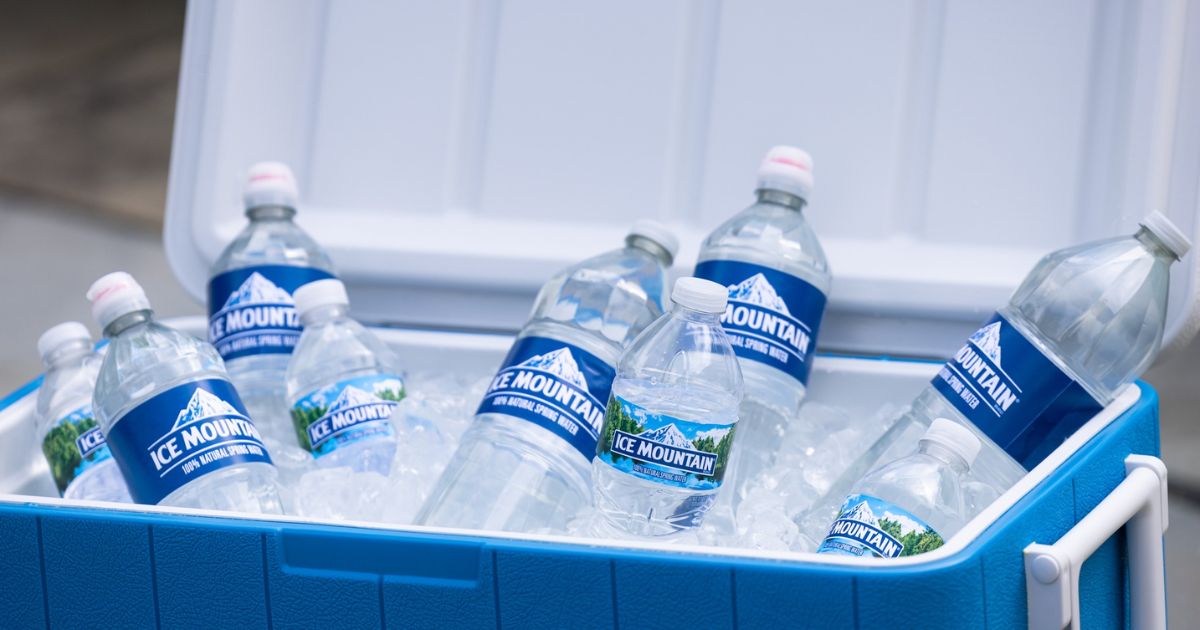This article is included in these additional categories:
A recent opinion from the Northern District of Illinois may signal an uphill battle for plaintiffs seeking to challenge beverage labeling based on the alleged presence of microplastics. The case, Slowinski v. BlueTriton Brands, Inc., saw Judge Steven Seeger dismiss a class action lawsuit challenging the labeling of BlueTriton’s Ice Mountain bottled water as “100{2add217ad2235d262e63a186eb2903fa1b3aade4b9d8db7a510444e5d82aac71} Natural Spring Water” despite allegations that the water contained microplastics.
The court’s opinion offers significant insights into federal preemption under the Food, Drug, and Cosmetic Act (FDCA). It sheds light on the plaintiffs’ difficulties when bringing product labeling and microplastic claims.
Breakdown of the Court’s Opinion
The federal preemption principle was at the heart of the court’s decision. The plaintiffs argued that BlueTriton’s “100{2add217ad2235d262e63a186eb2903fa1b3aade4b9d8db7a510444e5d82aac71} Natural Spring Water” labeling was misleading due to alleged microplastics in the product. However, Judge Seeger ruled that the plaintiffs’ claims were preempted by the FDCA, which grants the U.S. Food and Drug Administration (FDA) authority over specific food labeling terms, including “spring water.”
Judge Seeger pointed out that the FDA’s definition of “spring water” does not address the presence of microplastics, and the plaintiffs’ attempt to impose a standard for microplastics in bottled water was unjustified. “The existence of microplastics doesn’t mean that spring water isn’t spring water. And it doesn’t mean that spring water isn’t natural,” the judge emphasized, further noting that even though microplastics might be present, it does not alter the essential nature of the water as defined by the FDA.
The plaintiffs’ argument that “100{2add217ad2235d262e63a186eb2903fa1b3aade4b9d8db7a510444e5d82aac71} Natural” should be interpreted as a guarantee of purity at the molecular level was dismissed. The court highlighted that the FDA permits small quantities of chemicals in bottled water, and it is unreasonable to expect a product to be 100{2add217ad2235d262e63a186eb2903fa1b3aade4b9d8db7a510444e5d82aac71} free of microscopic contaminants. As Judge Seeger succinctly put it, “[W]hat would Plaintiffs have wanted? A label that says 99.999999999{2add217ad2235d262e63a186eb2903fa1b3aade4b9d8db7a510444e5d82aac71} natural spring water? No reasonable consumer thinks this way. It’s a rounding error, to put it mildly.”
Reasonable Consumer Standard and Ubiquity of Microplastics
A critical aspect of the court’s reasoning involved the application of the “reasonable consumer” standard. The court found that a reasonable consumer would not expect bottled water to be entirely microplastic-free, especially given the widespread nature of microplastics in the environment. “When simply breathing air puts you at risk of inhaling microplastics, it is unreasonable to assume your spring water won’t have any microplastics,” Judge Seeger noted.
The court emphasized that microplastics have been found throughout the environment, including in the air and the human body. As such, the court concluded that a reasonable consumer would not be misled by the phrase “100{2add217ad2235d262e63a186eb2903fa1b3aade4b9d8db7a510444e5d82aac71} Natural Spring Water” into believing the product contained no microplastics.
Implications for Future Litigation
While the decision in Slowinski v. BlueTriton Brands is not binding on other jurisdictions, it could discourage similar lawsuits alleging that beverage labeling is misleading due to the presence of microplastics. The court’s reliance on federal preemption and its assessment of what a reasonable consumer might expect suggests that future plaintiffs could face significant legal hurdles in pursuing these claims.
Moreover, the court’s analysis raises broader questions about the viability of microplastics-related litigation in the consumer products space. As scientific research on microplastics continues to evolve, plaintiffs may struggle to craft claims that overcome the plausibility and preemption hurdles identified in this ruling.
Key Takeaways for Businesses
This ruling serves as a cautionary tale for plaintiffs’ attorneys looking to challenge beverage labeling based on the presence of microplastics. Businesses should take note of the court’s reasoning, particularly the judge’s emphasis on federal preemption and the reasonable consumer standard. Companies can take solace in the court’s position that no reasonable consumer would expect a product to be entirely free of microscopic particles, even if labeled as “natural.”
However, businesses should remain vigilant regarding how plaintiffs might use non-FDA-defined statements to bring similar claims. New lawsuits may emerge as microplastics’ science advances, especially if more definitive links between microplastics and health risks are established.
